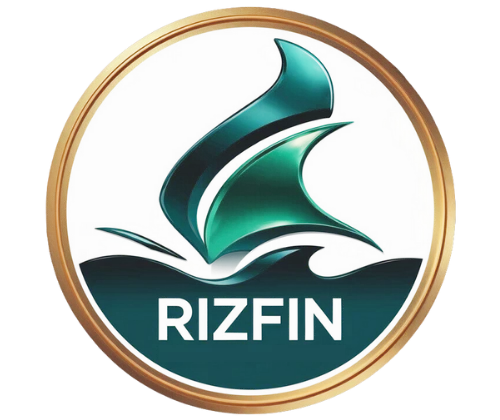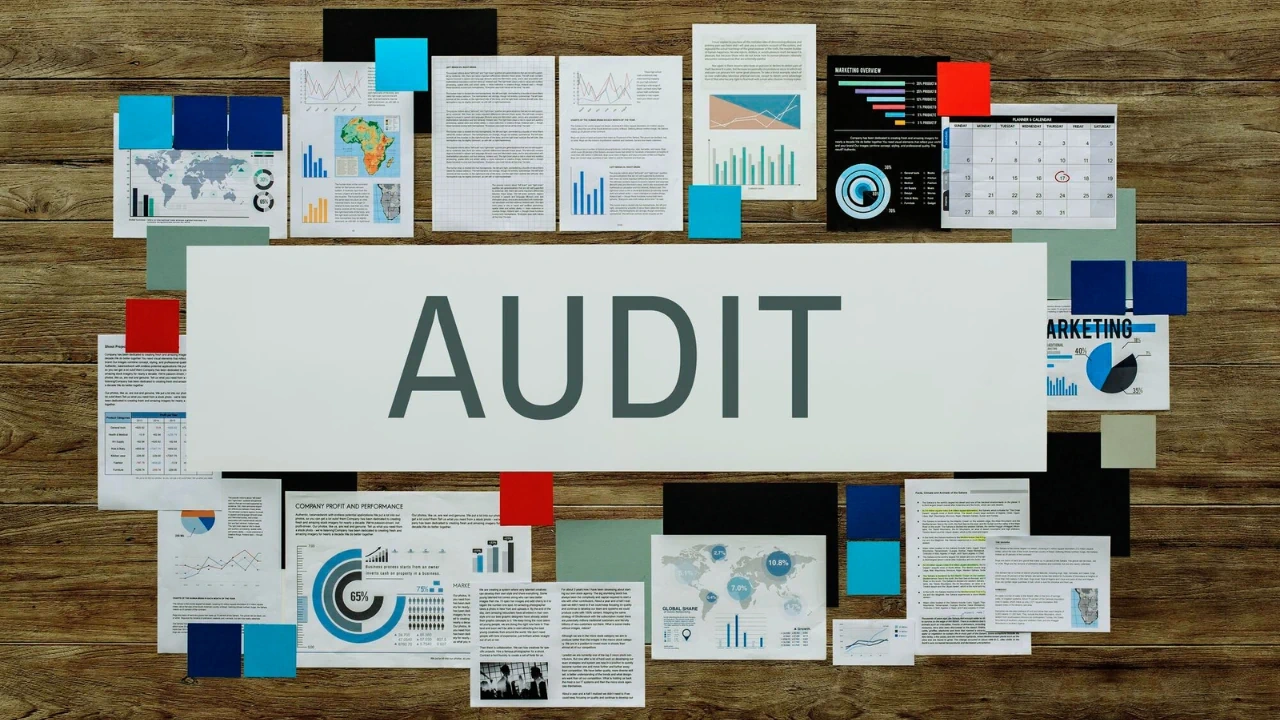Running a business in Ireland means juggling a lot of responsibilities — from serving clients to keeping your books in order. One tax form that often confuses business owners is Form 46G.
At RizFin, we’re here to simplify things. This guide explains what Form 46G is, why Revenue requires it, the risks of not filing, and how we can take the stress out of the process.
🔎 What is Form 46G?
Form 46G is a yearly return that reports payments of over €6,000 made to any one supplier for services during the year.
It applies to self-employed individuals, companies, and other organisations, and it must be filed in addition to your annual tax return.
Think of it as a reporting tool: you’re letting Revenue know which service providers you paid significant amounts to. Revenue then cross-checks this with the income those providers declare in their own returns.
👉 Revenue.ie – Form 46G Overview
👥 Who Must File Form 46G?
The obligation to file applies broadly. You’ll need to submit Form 46G if you are:
-
A sole trader or professional (consultants, accountants, solicitors, farmers, architects, engineers, etc.)
-
A company (Irish or foreign, trading in Ireland)
-
A partnership, trust, charity, or unincorporated body such as a sports club or statutory body
❌ Who’s exempt? Government departments and entities already filing under Section 891B do not need to file Form 46G.
👉 Revenue – Tax & Duty Manual Part 38-03-13 (PDF)
💶 What Payments Are Included?
This is where confusion often arises. Revenue isn’t interested in all payments, just certain types.
Reportable payments include:
-
Fees to accountants, solicitors, consultants, or IT contractors
-
Payments to training providers, recruitment agencies, or marketing firms
-
Charges for design, surveyors, engineers, or professional advice
-
Services connected with the formation, acquisition, or sale of a business
-
Copyright and intellectual property rights payments
Not reportable payments include:
-
Payments under €6,000 in total to a single supplier in the year
-
Wages, salaries, or payments covered by PAYE
-
Subcontractor payments already reported under RCT
-
Withholding tax payments (already captured by Revenue)
-
Utility bills (electricity, gas, water, telephone, broadband)
-
Payments where the goods make up more than two-thirds of the charge (for example, buying equipment that includes installation)
💡 Example: If you pay a graphic designer €7,500 during the year, it must go on Form 46G. But if you buy €10,000 worth of machinery where installation is only €1,000, that’s not reportable.
🗂️ What Information Do You Need?
Revenue requires a few specific details about each payee:
-
Name or company name
-
Business and, if applicable, private address
-
Tax reference number (PPS, VAT, or other)
-
The total amount paid (exclusive or inclusive of VAT — specify which)
-
A short description of the service provided
It’s important to make sure you have accurate tax reference numbers for each supplier. At RizFin, we help clients gather this information throughout the year so it doesn’t become a scramble at deadline time.
📅 Filing Deadlines
The deadline depends on the type of filer:
-
Individuals & partnerships: File by 31 October following the end of the tax year.
-
Companies: File within 9 months of the end of your accounting period.
💡 Example: If your company year-end is 31 December 2024, your Form 46G return is due by 30 September 2025.
💻 How to File Form 46G
Filing is done through the Revenue Online Service (ROS). You have three options:
-
ROS Online form – For returns with up to 30 suppliers.
-
ROS Offline tool – For up to 3,000 suppliers. This is useful if you have many entries.
-
46G Return Tool – An Excel-based option designed for bulk uploads.
💡 Tip: If you use accounting software, some can export the data into a format suitable for upload. RizFin can help streamline this so it integrates smoothly with ROS.
⚠️ What Happens If You Don’t File Form 46G?
Many businesses underestimate the risks of ignoring this form. The implications are serious:
-
Penalties – Up to €3,000 for not filing, filing late, or submitting incomplete information.
-
Refund delays – Revenue can hold back refunds until your Form 46G is up to date.
-
Tax clearance issues – Without a current tax clearance certificate, you may struggle to apply for government grants, tender for public contracts, or secure loans.
-
Revenue scrutiny – Missing filings can trigger compliance checks or audits, adding stress and extra admin.
💡 Example: A client bidding for a government contract needed a Tax Clearance Certificate. Their Form 46G was outstanding, which delayed the process by weeks. Once we filed, Revenue cleared the certificate — but it nearly cost them the contract.
🤔 Why Does Revenue Require Form 46G?
It might feel like extra red tape, but Revenue has clear reasons:
-
Tracking service income – They cross-check payments you report with the income service providers declare.
-
Closing the tax gap – It helps identify sectors where income is under-reported.
-
Supporting compliance – With this data, Revenue can process refunds and certificates more efficiently.
-
Fairness – It ensures everyone plays by the same rules. Businesses that report correctly aren’t undercut by those hiding income.
💡 In short, Form 46G helps Revenue ensure a fairer tax system, not just penalise businesses.
✅ How RizFin Can Help
At RizFin, our focus is on making compliance smooth and stress-free. With Form 46G, we:
-
Review your payments and identify which ones need reporting
-
Gather the correct details (including tax reference numbers) from suppliers
-
Prepare and file the return on time
-
Put systems in place so the process is quick and easy every year
👉 Our goal is to keep you compliant, confident, and free to focus on what matters most: growing your business.




